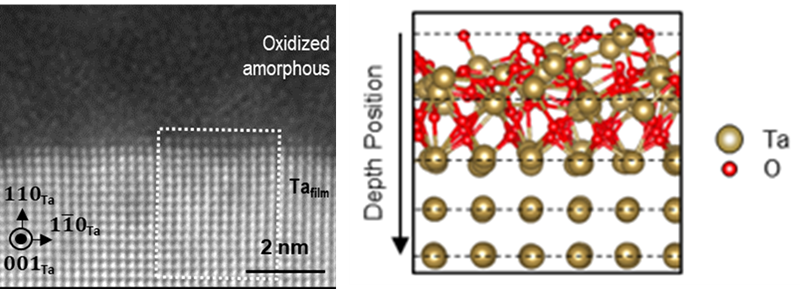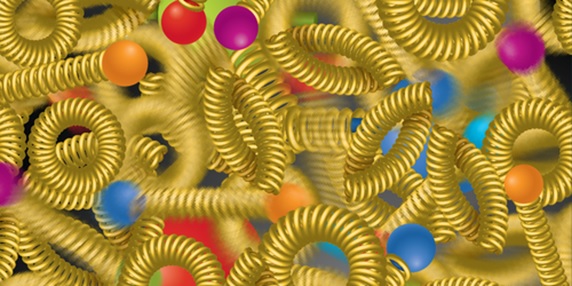As part of the Year of Open Science, the Department of Energy (DOE) Office of Science is highlighting our Public Reusable Research (PuRe) Data Resources. The PuRe Data Resources are authoritative sources that make data easier to find, access, and reuse across the broader scientific community. We are starting with our newest designated resource, the Active Thermochemical Tables (ATcT).
Scientists require many types of accurate and reliable data to do research. For example, chemists need such data to predict and explain the direction, outcome, and amount of energy released or used during a chemical reaction. This information – called thermochemical data – is essential for a good deal of fundamental chemical science. It is also needed for understanding and improving industrial processes. These include converting chemical to mechanical energy in turbines, manufacturing silicon wafers for electronics, and reducing pollutants from power plants.
DOE’s Argonne National Laboratory developed the Active Thermochemical Tables (ATcT) over the last two decades to meet the growing need for such data in many sectors. Argonne made accessing this data easier through online data tables. The ATcT provides data for thousands of chemical species (a group of atoms, molecules, or other entities in a chemical process). This data is not only more accurate than before, but also interrelated in a unique way.
In the past, scientists worked out thermochemical tabulations by a sequential process. This often produced sets of inconsistent data. This situation made it nearly impossible to update the data with new results without introducing inconsistencies to the dataset. The old approach also did not make use of all available experimental and theoretical data. Thus, errors grew progressively.
By contrast, the ATcT approach is based on a Thermochemical Network (TN). The TN is constructed from all available high-quality experiments and theories. Each calculation is critically evaluated and – if necessary – reinterpreted. Researchers then expand the TN content by new computations and/or experiments. These are carried out through broad collaborations worldwide. An extensive statistical analysis checks each determination. For each chemical species, ATcT solves the network for inconsistencies and produces the best possible dataset for all included species.
The ATcT offers novel features never before available in the thermochemical field. It can efficiently update the thermochemistry with new information. It can then propagate this information correctly through all affected species. In addition, the thermochemistry for a species provides data for all correlated species and allows testing of hypothesis and choosing between conflicting values.
Today, scientists widely use the ATcT data in modeling various chemical environments. At one end of the spectrum are simple experiments isolating a single chemical reaction. At the other end are complex environments with thousands of chemical species and reactions. These are important in modeling the atmosphere or combustion systems. Researchers also extensively use the ATcT data for the development and benchmarking of the latest chemical theories.
The ATcT attracts a quarter of a million unique visitors each year. The most recent version provides thermochemical values for nearly 2,800 chemical species. Work is underway to expand this number substantially. The ATcT now joins other highly regarded data resources as a designated Office of Science PuRe Data Resource.
The Office of Science is the single largest supporter of basic research in the physical sciences in the United States and is working to address some of the most pressing challenges of our time. For more information, please visit the Office of Science website.
sourced from https://www.sourcearu.com



